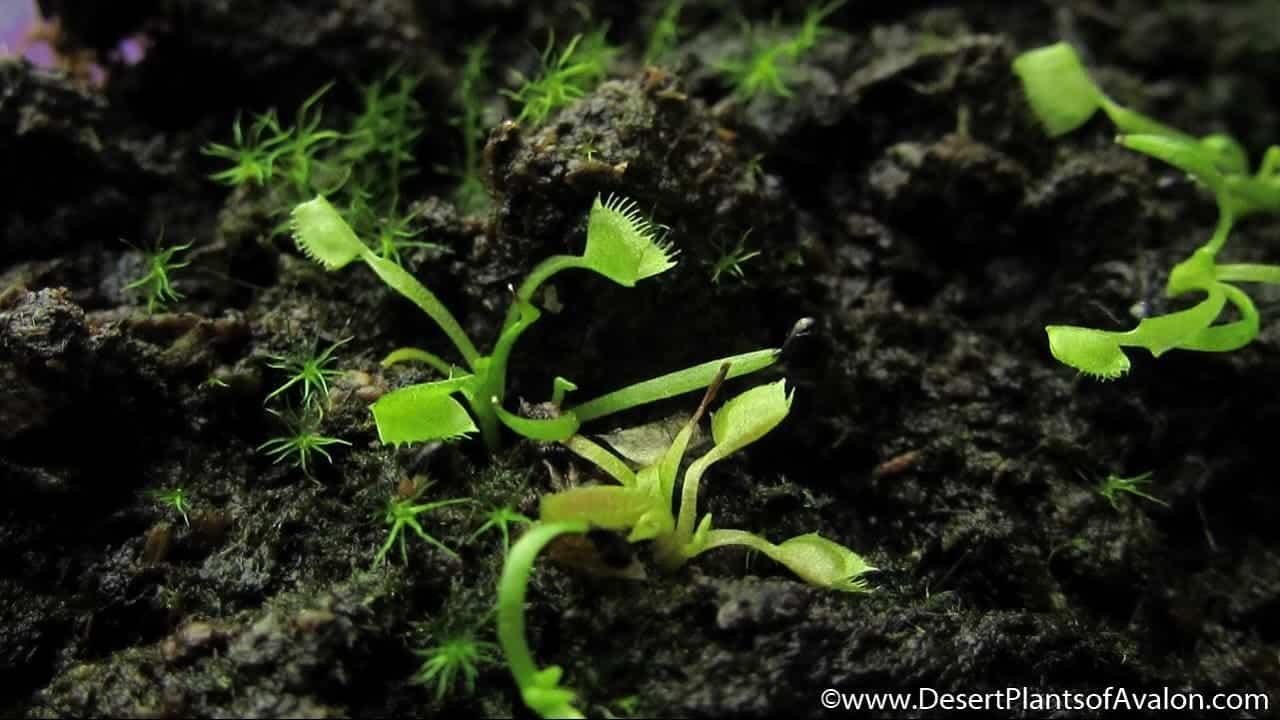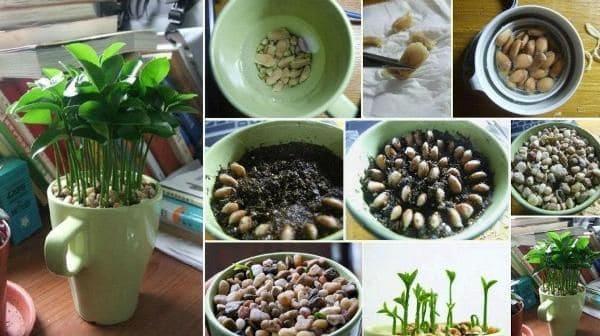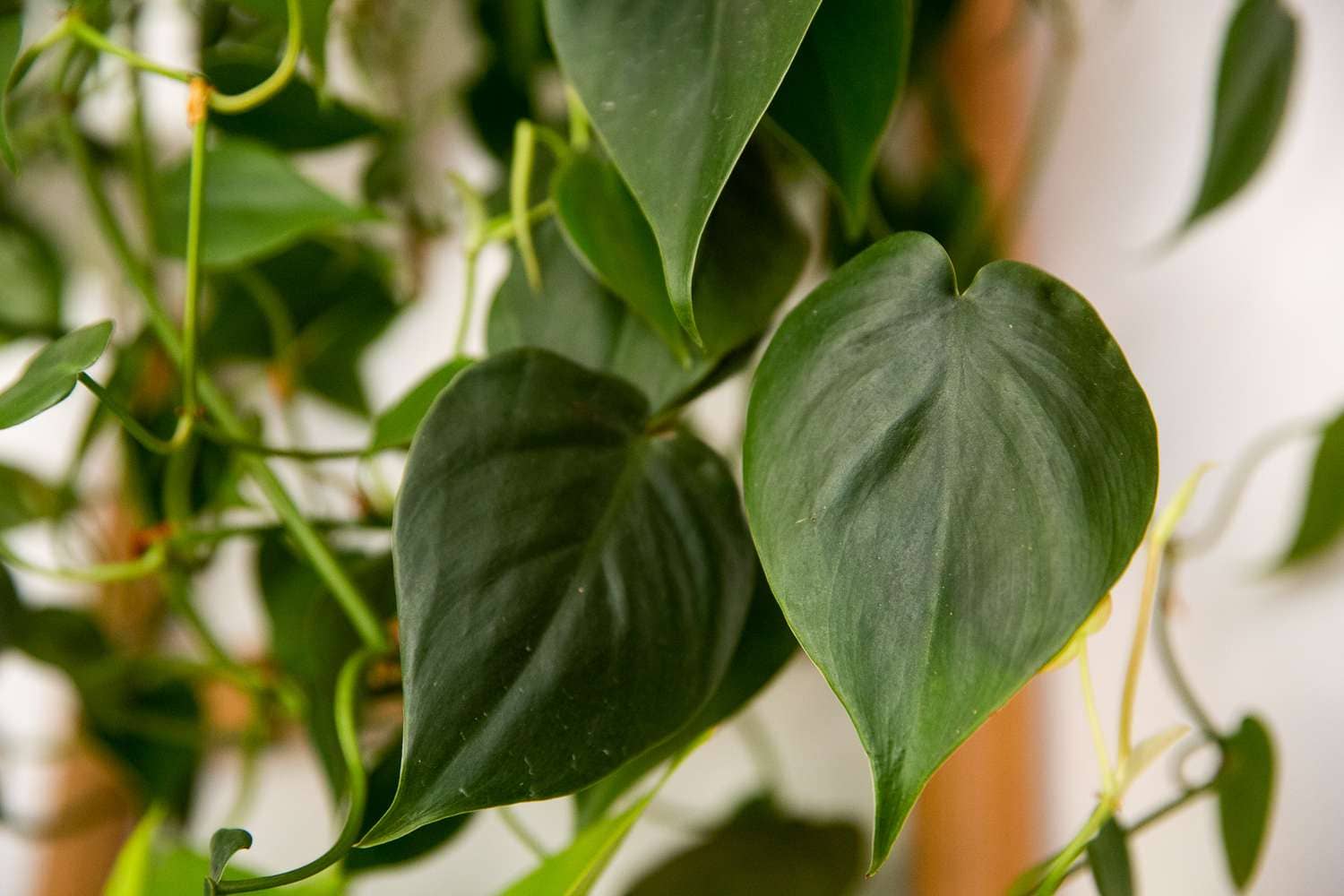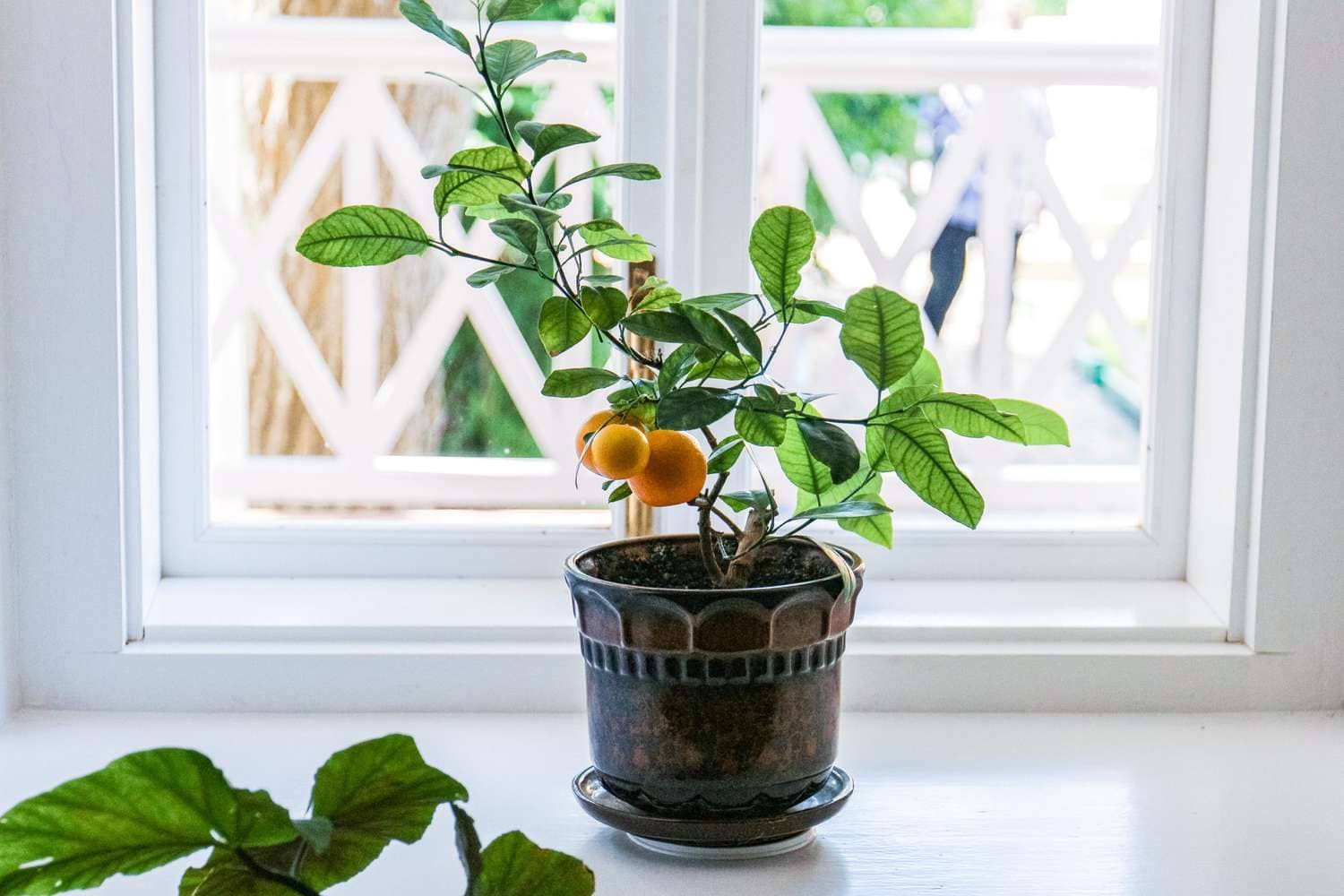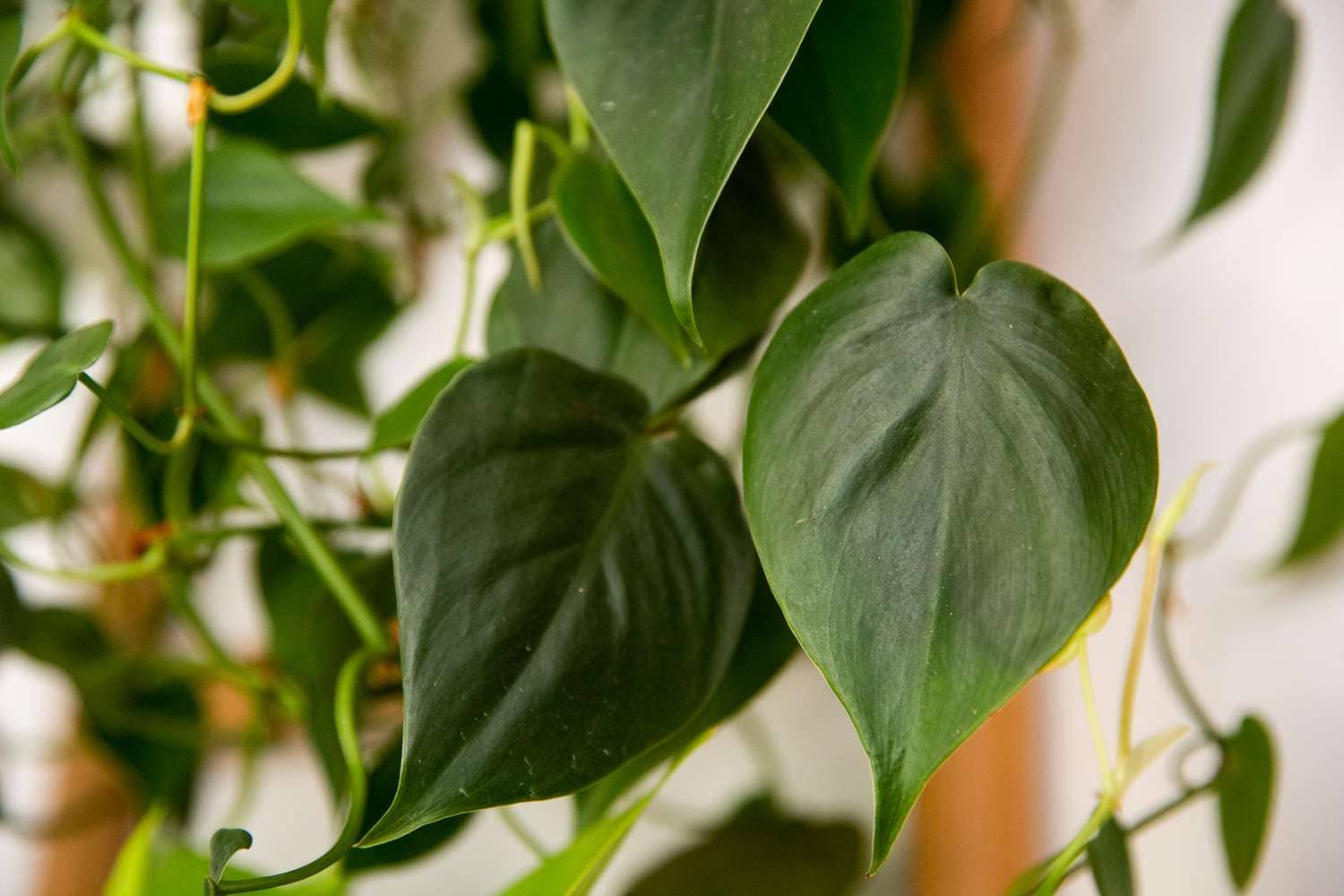Introduction:
Delve into the captivating world of carnivorous plants with Venus fly trap seedlings. These miniature marvels exhibit the iconic snap-trap mechanism that ensnares unsuspecting insects, making them both fascinating and effective predators. In this comprehensive guide, we’ll explore the unique characteristics of Venus fly trap seedlings, cultivation tips for optimal growth, and the rewarding experience of nurturing these intriguing plants from infancy to maturity.
The Enchantment of Venus Fly Trap Seedlings: Venus fly trap (Dionaea muscipula) seedlings are miniature versions of their adult counterparts, boasting delicate yet potent traps designed to capture prey. Emerging from seeds, these tiny plants showcase the iconic hinged traps adorned with trigger-sensitive hairs that respond to the slightest touch. As they grow, Venus fly trap seedlings develop a rosette of leaves adorned with trap structures, each capable of snapping shut in a fraction of a second when triggered by an unsuspecting insect. This remarkable adaptation allows Venus fly traps to supplement their nutrient intake in nutrient-poor soils by capturing and digesting small prey.
Cultivation Tips for Venus Fly Trap Seedlings:
- Growing Medium: Venus fly trap seedlings thrive in a well-draining growing medium that mimics their native habitat. Use a mix of sphagnum moss and perlite or silica sand to provide the necessary moisture retention and aeration. Avoid using soil or potting mixes containing fertilizers or nutrients, as they can harm the sensitive roots of young seedlings.
- Watering: Keep the growing medium consistently moist but not waterlogged. Use distilled water, rainwater, or reverse osmosis water to prevent the accumulation of mineral salts, which can damage Venus fly trap seedlings. Water from the bottom by placing the pot in a tray of water and allowing the soil to absorb moisture through the drainage holes. Avoid watering from the top, as this can disturb the delicate traps and increase the risk of fungal infections.
- Light Requirements: Provide Venus fly trap seedlings with bright, indirect sunlight to promote healthy growth and trap development. Place them near a south or west-facing window where they can receive 4-6 hours of sunlight daily. Supplemental artificial lighting, such as fluorescent or LED grow lights, can be used to ensure adequate light intensity, especially during the winter months or in low-light conditions.
- Temperature and Humidity: Maintain temperatures between 70°F to 85°F (21°C to 29°C) during the day and 50°F to 65°F (10°C to 18°C) at night for optimal growth. Venus fly trap seedlings thrive in moderate humidity levels of 50% to 60%. Use a humidity tray or place the pots on a tray filled with pebbles and water to increase humidity around the plants, especially in dry indoor environments.
- Feeding: While Venus fly trap seedlings can capture small insects on their own, they may benefit from occasional supplemental feeding to encourage vigorous growth. Offer live prey such as small flies, gnats, or ants, avoiding larger insects that can damage the traps. Feed seedlings once every 2-4 weeks during the growing season, adjusting frequency based on growth rate and trap activity.
The Rewarding Journey of Nurturing Venus Fly Trap Seedlings: Cultivating Venus fly trap seedlings is a rewarding and educational experience that offers insights into the fascinating world of carnivorous plants. As you observe their growth and development, you’ll witness the emergence of intricate traps, the capture of prey, and the formation of new leaves. With proper care and patience, Venus fly trap seedlings will mature into robust plants capable of capturing larger prey and thriving in their environment.
Conclusion:
Embark on a botanical adventure with Venus fly trap seedlings and discover the captivating world of carnivorous plants. By providing the right growing conditions, watering regimen, and occasional feeding, you can nurture these miniature predators into thriving specimens that showcase their unique adaptations. Whether grown as a curiosity on a windowsill or as part of a carnivorous plant collection, Venus fly trap seedlings are sure to intrigue and delight with their predatory prowess and natural beauty.

